Articles about UX Methods
The Collaboration Success Wizard: How to Improve Your Long-Distance Projects
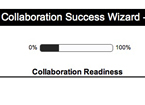
Geographically distributed collaborations are challenging, but increasingly common. The Collaboration Success Wizard aims to improve the chances of having a successful project. [Read More]
MadLibs for Designers: Ideating Based on User-Generated Scenarios
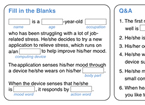
Struggling to generate novel ideas? Try DesignLibs, a design tool that involves potential users filling missing keywords from a scenario. [Read More]
Trust in Mobile Shopping: An Empirical Study
Mobile commerce is quickly creating an impact within North America and world economies. How can we design the mobile experience to help promote trust? [Read More]
Practical Guidance at Every Level (Book Review)
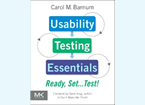
A review of Usability Testing Essentials: Ready, Set . . .Test! by Carol M. Barnum
Practical guidance for UX professionals at every experience level. From equipment, lab vs. field testing, remote testing; testing protocols, analyzing results, and reporting the findings. [Read More]
Better Games: Insights from Eye Tracking
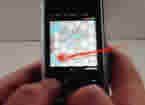
Using eye tracking during usability testing of games decreases potentially false assumptions, and helps developers better understand player behavior by offering qualitative insights. [Read More]
Engaging with Mental Health: Opportunity for Collaboration

Collaboration between human-computer interaction (HCI) and mental health professionals can play a valuable role in future research on mental health technologies. [Read More]
Book Review: Of Testing and Techniques
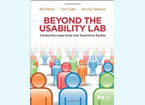
A review of Beyond the Usability Lab: Conducting Large-Scale Online User Experience Studies by Bill Albert, Tom Tullis, Donna Tedesco. This book is well-structured for practitioners of remote usability testing. [Read More]
More than Just Eye Candy: Top Ten Misconceptions about Eye Tracking

This article describes common misconceptions about eye tracking in the UX field and attempts to clarify its proper application. [Read More]
Help! Where Is It When You Need It?

Provide form instructions on a separate web page and place a “Help” link at the beginning to help users who prefer or require “up front” instructions to complete the form. [Read More]
Automated Usability Testing: A Case Study

Although not useful in all circumstances, unmoderated remote tests can compensate for a lack of direct observation and interaction. [Read More]
The Client Speaks: Supporting Participation in Remote Moderated Research

Remote user testing is primarily employed when speed, convenience, or international testing is called for. However, there are practical qualitative benefits to using remote methodologies, as well. [Read More]
A Moderated Debate: Comparing Lab and Remote Testing

Unmoderated tests provide more data, but don’t automatically provide insight. Strong pattern recognition and hypothesis development skills are necessary for interpretation. [Read More]
An Attainable Goal: Quantifying usability and user experience

Client companies are coming to appreciate the importance of quantifying a website’s usability and user experience and the role usability plays in a website’s success. [Read More]
Usable Voting (Issue 4.1)
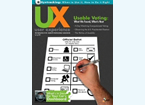
Observations from U.S. elections and automotive interfaces. (Some articles available in PDF format.) [Read More]

